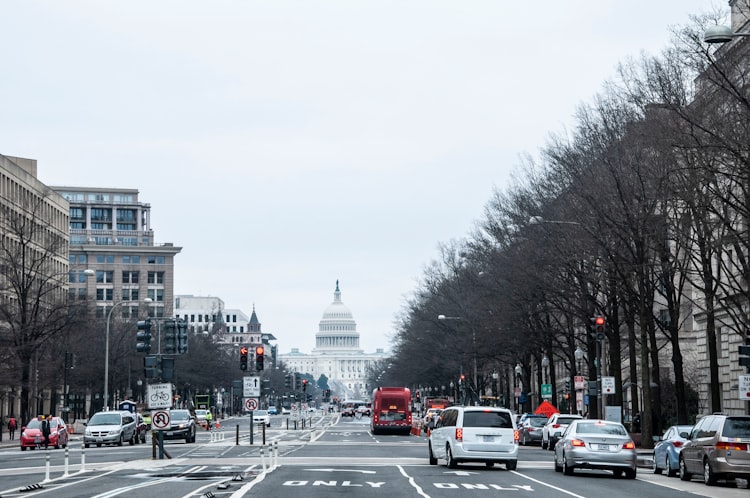Weekend Briefing No. 24

Good Saturday morning! It's hard to believe that Thanksgiving is just a few days away and then the Holiday season will be in full swing! In this weekend briefing we touch on some interesting Thanksgiving data points, the power of green computing, the circular economy, climate change tipping points, and a North American food chain infographic!
As always, smash the thumbs up (or down) button to let me know if you like the topics in the newsletter, or drop me a comment. Happy Thanksgiving all!
Interesting data points
- It takes an average of 9.6 hours for a host to prepare a full Thanksgiving meal. How much time is spent eating that meal? 16 minutes.
- 9.2 billion dollars was spent online during Black Friday in 2022, which was a 2.3% increase from 2021
- Thanksgiving is just another harvest festival, one of many across the world. Here's a list of all the known harvest festivals
- The average price of a turkey dinner for 10 people has been steadily rising over the past three years. In 2022 it would cost you $64.05 to feed 10 people, or $6.41 per person
The Power of Green Computing
A fantastic interview by MIT Technology Review of Jen Huffstetler, Chief Product Sustainability Officer of Intel. I've written about my concerns about the environmental impact of our GPU resource-hungry models, and Jen drops some great insight on these issues.

You think about a self-driving car, and you train the model once and then it's running on up to a hundred million cars, and that's the inference. And so what we actually are seeing is that 70 to 80% of the energy consumption, or two to three x the amount of power is going to be used running inference as it can be to train the model. So, when we think about what strategies can be employed for reducing the energy consumption, we think about model optimization, software optimization, and hardware optimization, and you can even extend it to data center design.
and,
And using smaller data sets to train the model will use significantly less energy. In fact, some studies show that many parameters within a trained neural network can be pruned by as much as 99% to yield a much smaller, a sparser network, and that will lower your energy consumption.
The Circular Economy
I'm fascinated by real recycling and true regeneration of old things, especially what we consider as e-waste these days. Yes, your old iPhone 4 can't run the latest apps but it's "guts" can be used as an edge device or added to a grid to do computation. Once it ends up in a landfill, it's potential for reuse is gone for good. This is why I'm bullish on a circular economy.

In a circular economy, things are made and consumed in a way that minimizes our use of the world’s resources, cuts waste and reduces carbon emissions. Products are kept in use for as long as possible, through repairing, recycling and redesign – so they can be used again and again.
The trick is setting up those products to be easily broken down into components and reusing those components in different products. It's a very modular approach that will have a big effect on reducing or waste streams.
UN report warns of catastrophic climate tipping points: California is nearing several
This is sad news if you care about our floral and fauna. I have a soft spot in my heart for California and love it's diverse and fragile landscape. I've explored quite a bit of the SoCal area and spent a lot of time in San Francisco and the surrounding areas.

The tipping points include several issues that California is confronting head-on—groundwater depletion, rising insurance costs, extreme heat and species extinction. The other threats are melting glaciers and space debris. According to U.N. officials, "when one system tips, other systems may also be pushed over the edge."
The reality is that there are too many people vying for too little resources in California and the world. Not much will happen until we put the brakes on our growing population. Until that happens, many animals, insects, birds, and plants will go extinct.
A Simplistic North American Food Chain Infographic
Insects, no matter how annoying during the summer mBake up the bulk of the food chain. Destroying their habitat and spraying insecticides only weakens the entire food chain, including the one that feeds us.








Member discussion